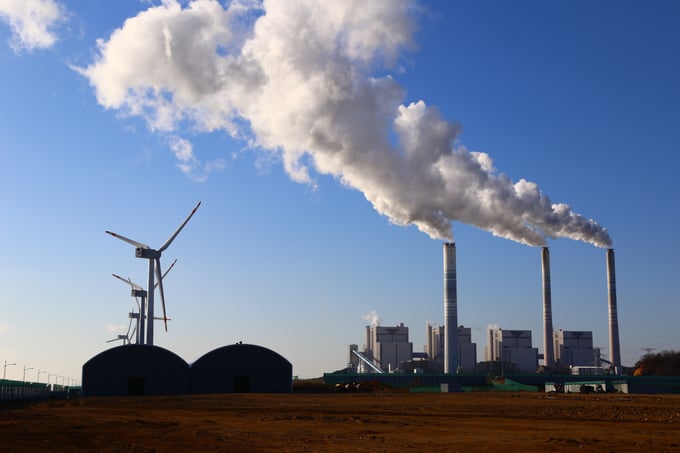Developing a viable and sustainable alarm management system
According to the U.S. Environmental Protection Agency, sustainable manufacturing is “the creation of manufactured products through economically-sound processes ...

According to the U.S. Environmental Protection Agency, sustainable manufacturing is “the creation of manufactured products through economically-sound processes that minimize negative environmental impacts while conserving energy and natural resources.” This definition attempts to balance economic and environmental constraints, including greenhouse gas emissions and renewable energy. In the past, industrial processing companies may have viewed sustainability programs as a means to cut costs, reduce risk, and improve efficiency.
This trend is driven, at least partly, by initiatives such as the European Green Deal, which aims to make Europe the first climate-neutral continent in the world. Meanwhile, the state of California is planning to achieve carbon neutrality by 2045. These efforts will mean stricter emissions targets, more reporting to government bodies, and binding compliance with legal norms and regulations. Furthermore, supply chain disruptions and global economic uncertainty all add up to a challenging business climate for the petroleum and chemical processing industries.
Process industries such as petrochemicals, refining, chemicals and fertilizers, are among the top emitters of CO2, methane, and other greenhouse gases. The path to zero emissions for these businesses is challenging. Every organization will need to ensure that their companies are compliant with all environmental legislation, including accurate emissions reporting and reductions.
While compliance is the stick used by government bodies, this trend sees industrial companies viewing sustainability more as a genuine responsibility they want to meet because society expects it, including stockholders, customers, and employees.
Along with reducing emissions, this first trend sees businesses in the processing industry working towards more efficient use of energy and raw materials. All these changes will require digitalization to help companies meet their corporate sustainability goals, which leads us to the second trend: data transparency.
Download this Trend Report tailored for the process industry. It contains 4 other topics that should not be missed and how businesses can ride the trends to meet the challenges ahead.